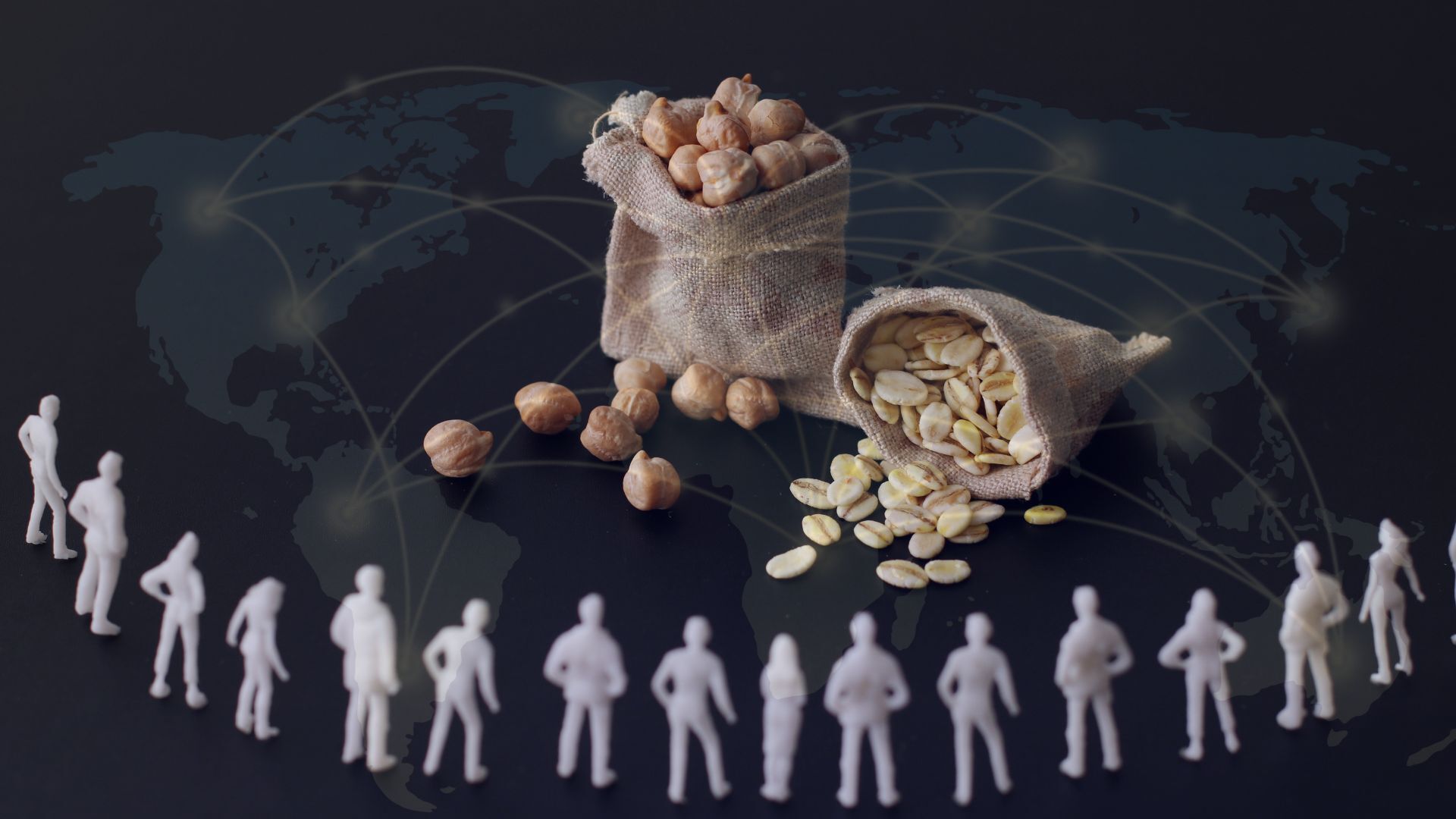The COVID-19 pandemic has upended our world in ways we could never have imagined. One of the most overwhelming impacts of the pandemic has been the Global Food Crisis.
Even before then, food insecurity has been on the rise since 2018, with over 820 million people going to bed hungry every night.
The pandemic, Russian-Ukrainian strife, increasing numbers and severity of climate crises have only exacerbated the issue, with a UN report estimating that 660 million people may still suffer from hunger in 2030.
The unprecedented humanitarian challenge requires immediate action to ease the suffering of those without enough to eat and provide financing to nations in need. To minimize global food insecurity and the consequent suffering, robust and rapid policy changes MUST be made in the following four areas.
1. Improve humanitarian assistance
The first step is to scale up funding for humanitarian assistance rapidly. The United Nations World Food Programme (WFP) will need US$24 billion to reach 153 million people in 2022. The increasing gap between funding and needs is endangering the ability to provide humanitarian food assistance for millions of people.
WFP must be able to scale up its humanitarian and development assistance efforts to continue its life-saving work in crises, build families and communities capacity to feed themselves and break their dependence on humanitarian aid. Funding increases are also required for other UN agencies and NGOs responding to the crisis.
2. Keep trade flowing
The second step is to keep trade flowing. Governments should refrain from imposing restrictions on the export or import of food, as this would limit the availability and drive up prices even further.
Global supply chains should also remain open to allow food to move from surplus areas to those in need. Countries must respect their commitments under WTO rules during this time of crisis, including the WTO’s Agriculture Agreement which establishes a “special safeguard” mechanism that can be used to protect agricultural producers against import surges.
We can further the progress made under the Black Sea Grain Initiative and at the 12th Ministerial Conference of the World Trade Organization (WTO) to find a solution to the food crisis that does not involve protectionist measures. According to the World Bank, these measures only worsen the food crisis, accounting for 9% of the increase in world wheat prices.
3. Support Farmers and Local Harvest
The third step is to support farmers, who are key players in ensuring global food security. Many smallholder farmers have been hit hard by COVID-19, political unrest and climate changes, as they face labour, transportation and market access disruptions.
Governments should implement short-term measures such as cash transfers or vouchers and longer-term investments in digital technologies and extension services to help farmers weather the storm and be better prepared for future shocks.
Work is also needed to increase and improve food production and distribution by ensuring adequate access to quality seeds, fertilizers and other inputs and financing to increase food production, distribution, and crop diversification.
Furthermore, strengthening supply chains and increasing trade financing is critical to minimizing the food price crisis. The World Bank and many other multilateral development banks have been playing a key role in funding agricultural commodity trades and helping countries with logistics upgrades.
4. Invest in resilience
The fourth step is to invest in climate-resilient agriculture to increase future harvests. Food security is increasing at an alarming rate due to more extreme and unpredictable climate events.
Climate change is going to have a substantial impact on future harvests. More intense and unpredictable climatic events mean that low-income countries such as sub-Saharan Africa are among the least prepared to face its effects.
Droughts, floods and other extreme weather conditions are anticipated to become more frequent and intense with climate change, making it even harder for farmers to produce food.
We need to increase investments focusing on low-cost, high-impact climate-resilient agriculture, such as improved irrigation systems, early warning systems, and crop diversification through new varieties of drought-tolerant crops.
For instance, mobile applications are already transforming agriculture in Ethiopia, Kenya, and Rwanda to provide farmers with rainfall forecasts to optimize the planting of crops and purchase crop insurance.
Supporting farmers not only helps ensure global food security; it also creates jobs and helps drive rural development – all of which are crucial for achieving the Sustainable Development Goals (SDGs). In this way, we can build a more food-secure future for all.
Conclusion
As the world faces a food crisis, we must take measures to support farmers and increase global food production. Rapid action is needed across four areas – humanitarian assistance, trade flows, support for farmers and local harvests, and investments in climate-resilience agriculture – to mitigate the crisis and avert human suffering on a massive scale.
Additionally, agricultural financing should be given to smallholder farmers who have been hit hard by COVID-19, political unrest and climate changes. By taking these steps, we can lessen the effects of the food crisis and create a more food-secure future for all.
Businesses and other high-income individuals can play a vital part in supporting these efforts through financial contributions, policy advocacy and engagement with their wider value chains. Together, we can combat this challenge and build a more resilient food system for the future.
 Competitive Shipping Rates
Competitive Shipping Rates










